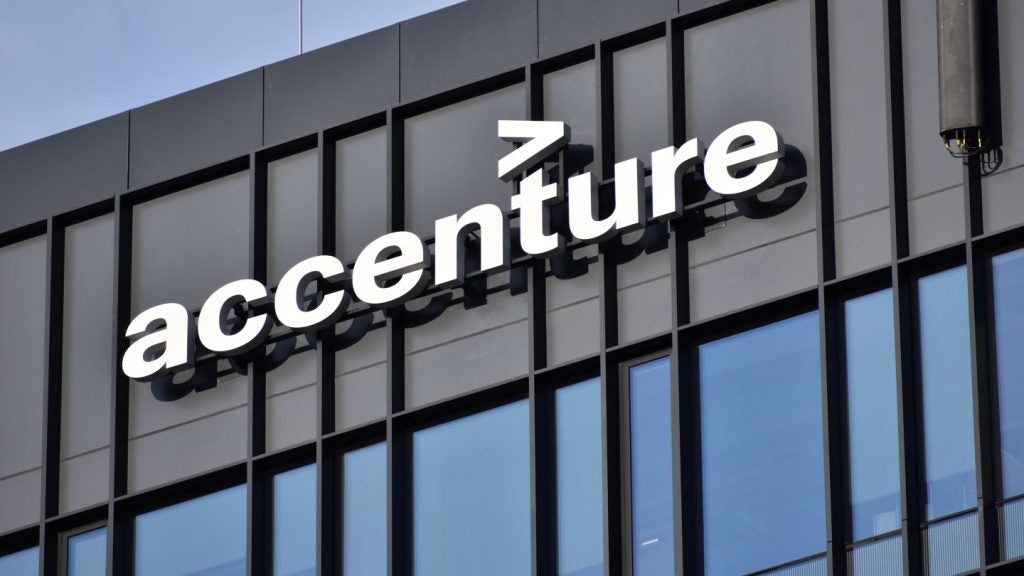Enterprise asset management software: Introduction
In the constantly expanding and ever-evolving world of business technology, enterprise asset management (EAM) software has become a critical tool for an increasing number of companies.
For organisations looking to optimise asset utilisation, enhance maintenance practices, and ultimately drive down costs, this software is key.
Companies from various industries are now dealing with a range of complexities involving asset management, and selecting the right EAM solution can be a crucial decision.
Our buyer’s guide has been researched and written to provide valuable information. We will detail some of the key considerations to look at when searching for enterprise asset management software.
Ultimately, our guide is designed to provide valuable information, designed and written to ensure that businesses and professionals are well-equipped to make informed decisions.
Understanding enterprise asset management software
At its core, enterprise asset management software is a system that helps organisations manage, maintain, and track their physical assets throughout their lifecycle.
From acquisition to disposal, EAM software provides a comprehensive view of assets, enabling better planning, execution, and monitoring of asset-related activities.
The right EAM solution can lead to improved asset reliability, extended asset life, and reduced operational costs.
Who benefits from enterprise asset management software usage
Industries such as manufacturing, utilities, transportation, and healthcare, among others, stand to gain significantly from implementing EAM solutions.
Professionals in roles such as operations management, maintenance, and facilities management will find EAM software particularly beneficial for streamlining their workflows and enhancing decision-making capabilities.
Key features to consider: Selecting enterprise asset management software
When evaluating enterprise asset management software, it is essential to consider the following features:
Asset Lifecycle Management
The software should offer tools to manage assets from procurement to disposal, including maintenance, inspections, and performance analysis.
Maintenance Management
Look for capabilities that support both preventive and predictive maintenance strategies, as well as work order management.
Inventory and Procurement
Effective EAM software should integrate with inventory management to ensure that spare parts and materials are available when needed.
Mobile Accessibility
With the rise of mobile workforces, the ability to access and update asset information from anywhere is crucial.
Reporting and Analytics
Robust reporting tools and analytics are necessary to gain insights into asset performance and to drive continuous improvement.
Integration Capabilities
The software should seamlessly integrate with other business systems such as ERP, HR, and financial software.
User-Friendly Interface
A user-friendly interface is vital for ensuring that all stakeholders can efficiently utilise the system.
Compliance and Security
Ensure that the software adheres to industry standards and regulations and offers robust security features to protect sensitive data.
Industry-leading enterprise asset management solutions
As demand for enterprise asset management services has grown, the vendor marketplace has become increasingly crowded and competitive.
When considering enterprise asset management solutions, buyers should consider some of the leading industry providers and platforms, including, but not necessarily limited to:
- IBM Maximo
- Infor EAM
- SAP EAM
- Oracle EAM
- ABB Ability Ellipse EAM
- IFS EAM
- AssetWorks EAM
- eMaint CMMS
- Accruent EAM
- Aveva EAM
- Maintenance Connection
- Fiix CMMS
- UpKeep CMMS
- Bentley Systems AssetWise
- Hexagon EAM
Latest technological advancements in EAM software
The enterprise asset management market is witnessing a surge in technological advancements that are shaping the future of EAM solutions:
- Internet of Things (IoT): IoT technology enables real-time monitoring and predictive maintenance by connecting assets and collecting data.
- Artificial Intelligence (AI) and Machine Learning (ML): AI and ML are being integrated into EAM systems to enhance predictive analytics and automate complex decision-making processes.
- Augmented Reality (AR): AR is being used for remote assistance and training, allowing maintenance personnel to visualise asset information overlaid on the physical environment.
- Cloud Computing: Cloud-based EAM solutions offer scalability, flexibility, and reduced IT overhead, making them increasingly popular among businesses.
Enterprise asset management software: Our conclusion
When choosing an enterprise asset management software, it should always be remembered that this is an important decision with many considerations.
As well as impacting an organization’s operational efficiency, it can also affect a company’s bottom line.
During any procurement process, buyers should identify and focus on the features that align with their specific business needs.
By remaining aware of the latest technological advancements, companies can ensure that their EAM system is equipped to serve as a robust foundation for asset management excellence.
References
- IBM Maximo: https://www.ibm.com/products/maximo
- Infor EAM: https://www.infor.com/products/eam
- SAP EAM: https://www.sap.com/products/enterprise-asset-management.html
- Oracle EAM: https://www.oracle.com/industries/utilities/enterprise-asset-management/
- ABB Ability Ellipse EAM: https://new.abb.com/enterprise-software/asset-performance/ellipse-eam




